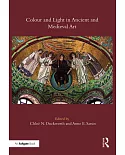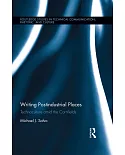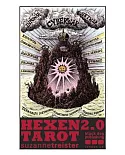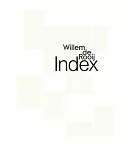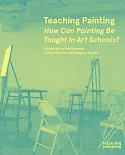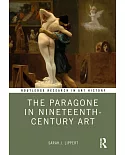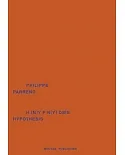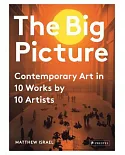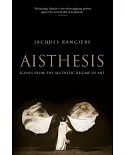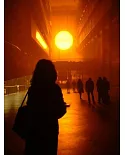In 1970 Robert Smithson (1938-1973), one of the most innovative and provocative artists of the twentieth century, created the landmark earthwork Spiral Jetty at Rozel Point on Utah's Great Salt
Lake. This dramatic and highly influential work forms a coil 1,500 feet long and 15 feet wide and stretches out counterclockwise into the lake's translucent red water. Composed of black basalt
rocks and earth, the sculpture comprises the materials of its location: mud, salt crystals, rocks, water.
The contributors to this comprehensive publication consider the sculpture in relation to its eponymous companions--a text work and a film. These essays situate this renowned series of works
alongside Smithson's critical writings, proposals, drawings, sources, and models. Amply illustrated with archival and new photographs of the Jetty and many comparative illustrations, this book
makes evident why Smithson's art and writings have had such a powerful impact on art and art theory for over thirty years. In 1970 Robert Smithson (1938-1973), one of the most innovative and
provocative artists of the twentieth century, created the landmark earthwork Spiral Jetty at Rozel Point on Utah's Great Salt Lake. This dramatic and highly influential work forms a coil 1,500
feet long and 15 feet wide and stretches out counterclockwise into the lake's translucent red water. Composed of black basalt rocks and earth, the sculpture comprises the materials of its
location: mud, salt crystals, rocks, water.
The contributors to this comprehensive publication consider the sculpture in relation to its eponymous companions--a text work and a film. These essays situate this renowned series of works
alongside Smithson's critical writings, proposals, drawings, sources, and models. Amply illustrated with archival and new photographs of the Jetty and many comparative illustrations, this book
makes evident why Smithson's art and writings have had such a powerful impact on art and art theory for over thirty years.


